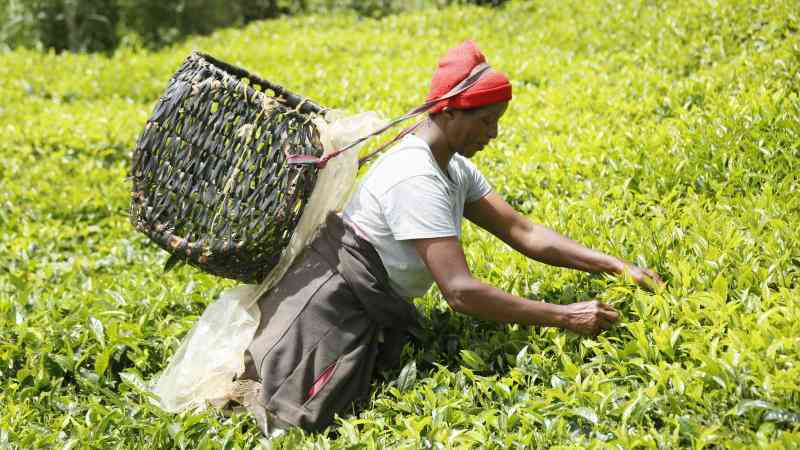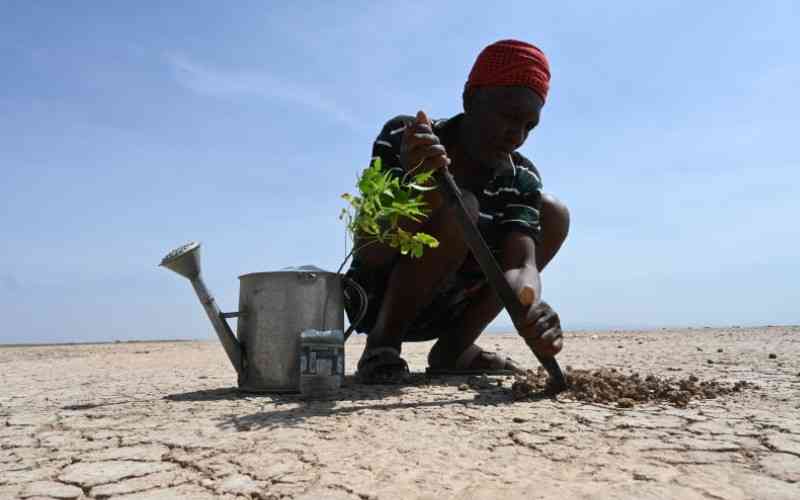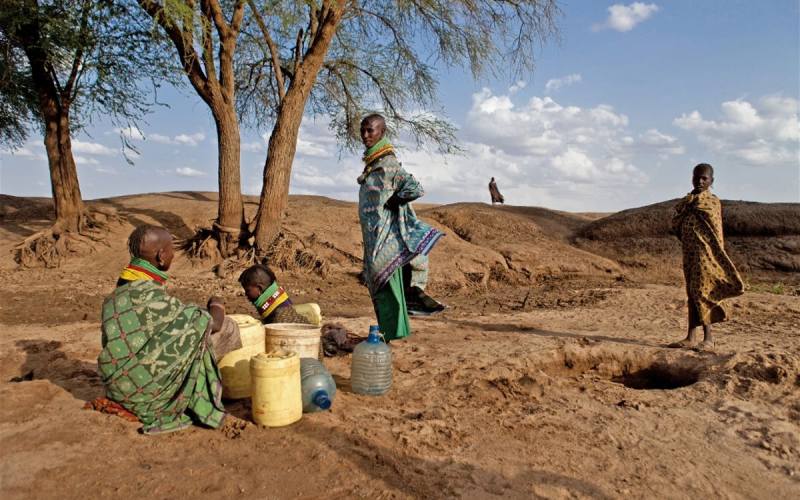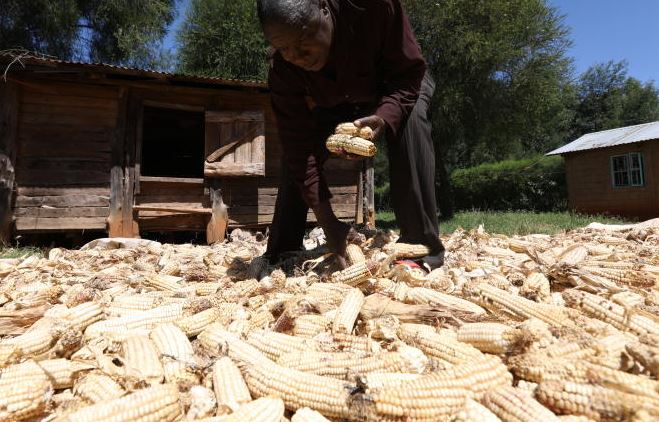Food security is key and ensuring increased food production is vital. However, Kenya also needs to reflect on the irony of how much our farmers lose due to post-harvest losses and how much we import to cover the deficit. There needs to be increased efficiency in post-harvest management and delivery of high-quality products. This cannot be realised with the current trend that over-emphasises increased production at the expense of downstream activities including value-addition. United Nation’s Food and Agricultural Organisation (FAO) estimates indicate that post-harvest losses can reach up to 20 per cent for cereals, 30 per cent for dairy and fish and 40 per cent for fruit and vegetables.
Kenya loses billions of shillings every year when large quantities of fresh produce go bad during handling, transport, processing and marketing. Losses come dues to insect infestation, contamination and lack of cold rooms.
For example, 93 per cent of the mangoes are sold fresh and an estimated 64 per cent goes to waste according to Proceedings of the Nutrition Society.
A 2018 study by The International Food Policy Research Institute (IFPRI) indicates that horticultural losses in Kenya are as high as 50 per cent, mainly due to poor storage and handling practices. To put this into perspective, almost one-third of a season’s harvest is lost along the value chain from harvest to consumption. That means for every tomato you eat, one has been lost before it gets to the market.
In the dairy sector, if milk is not stored in the appropriate conditions within the recommended amount of time, it goes bad. The total quantitative losses in the dairy cattle milk supply chain in Kenya is estimated at 7.3 per cent. The critical points in the milk supply chain where improvements will contribute to reduced milk losses and improved quality are: farm level, collection points/ centres as well as vendor outlets that is milk bars. The Covid-19 pandemic is likely to exacerbate the current situation with farmers being unable to deliver their crop to the market.
This shows that Kenya, like many other countries in sub-Saharan Africa, experiences persistent food and nutrition insecurity. Apart from low productivity and erratic weather patterns, post-harvest losses are a major contributor to food insecurity and must be effectively addressed.
The way forward
The use of short term strategies and low cost technologies along the value chain can be regarded as low-hanging fruits towards efforts to address post-harvest loss in Kenya. Simple and practical technologies and innovations exist, which need to be disseminated and scaled up to minimise losses. Farmers with scarce resources need not be excluded from managing post-harvest losses as there are simple practices they can employ. Consumer level food waste is linked to factors such as eating habits and food culture; shopping and food preparation and consumer detachment from reality and knowledge of food. Emphasis must be placed on education in order to bring about a change in consumer behaviour.
Going forward, Kenya needs a collective tracking mechanism to identify areas prone to losses and encourage the adoption of technologies and strategies to address this challenge.
[Idah Kinya and Elizabeth Kung’u, Civil Society Partners of the Voice for Change Partnership]
 The Standard Group Plc is a multi-media organization with investments in media platforms spanning newspaper print
operations, television, radio broadcasting, digital and online services. The Standard Group is recognized as a
leading multi-media house in Kenya with a key influence in matters of national and international interest.
The Standard Group Plc is a multi-media organization with investments in media platforms spanning newspaper print
operations, television, radio broadcasting, digital and online services. The Standard Group is recognized as a
leading multi-media house in Kenya with a key influence in matters of national and international interest.











